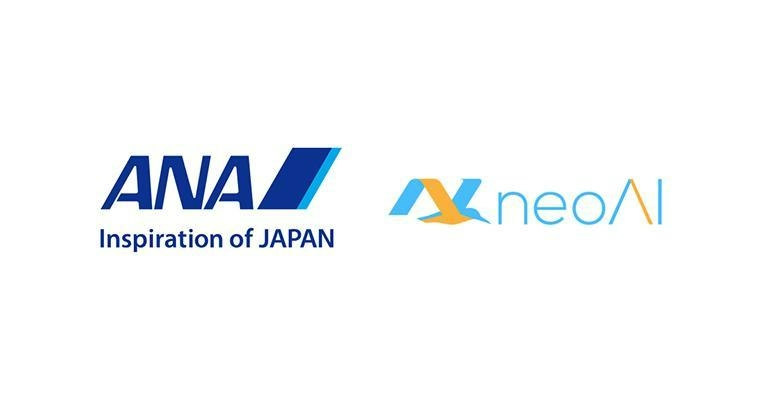
AeroGenie — ваш интеллектуальный второй пилот.
В тренде
Categories
Aviation Expert: Boeing Dreamliner Software Reduced Fuel Use Twice Without Pilot Input
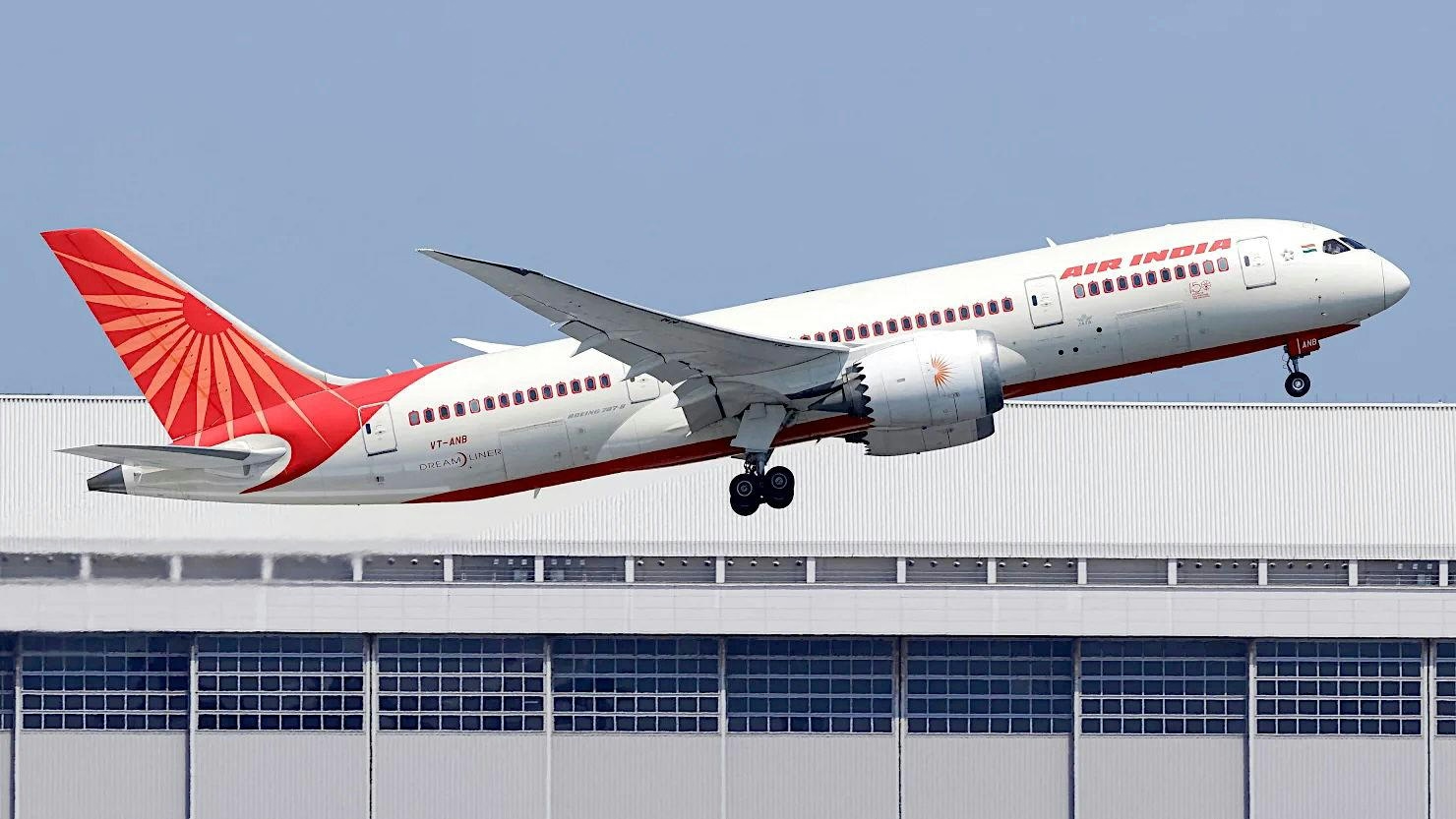
Aviation Expert Highlights Boeing Dreamliner Software’s Role in Fuel Cut Incidents
Aviation attorney and former US Department of Transportation Inspector General Mary Schiavo has cautioned against hastily attributing blame to pilots in the aftermath of the recent Air India crash. She underscored the significance of Boeing Dreamliner’s automated systems, which have been implicated in previous incidents involving unexpected fuel reductions without pilot intervention. Schiavo emphasized that the Boeing 787’s software is capable of independently cutting fuel to its engines, a factor that demands thorough investigation before fault is assigned.
Speaking to journalist Barkha Dutt, Schiavo noted that pilots are often blamed in approximately 75% of aviation incidents, yet many such accusations have been disproven. She described this tendency as not only unfair but overly simplistic and potentially harmful. “There are too many suspicious things to say, ‘Oh, it’s the pilots,’” she remarked, referencing earlier cases involving the same aircraft model where onboard systems autonomously reduced or cut fuel flow mid-flight.
Past Incidents and the TCMA System
Schiavo specifically cited a 2019 incident involving an All Nippon Airways (ANA) Boeing 787, where the aircraft’s system erroneously shut off fuel mid-air after mistakenly detecting that the plane had already landed. The software in question, known as the Thrust Control Malfunction Accommodation (TCMA) system, has been previously implicated in similar malfunctions. Designed to help the aircraft distinguish between flight and ground conditions, the TCMA can command the engines to reduce or cut power under certain circumstances. In the ANA case, the system’s premature fuel cutoff forced the plane to glide heavily to the runway. Fortunately, the incident occurred during landing rather than takeoff, preventing a crash.
Schiavo also referenced a more recent United Airlines Dreamliner flight from Washington, D.C., to Nigeria, where the aircraft reportedly entered a nose dive due to thrust and engine issues, again raising concerns about the behavior of automated systems.
Implications for Boeing and the Aviation Industry
The TCMA system, mandated by the US Federal Aviation Administration (FAA), lies at the heart of these concerns. Schiavo warned that errors by such automated protocols can have dire consequences, particularly during critical phases like takeoff when pilots have only seconds to react. These revelations come amid heightened scrutiny of Boeing, which is already grappling with a series of safety and production challenges.
The Air India crash has intensified regulatory and public attention, prompting increased inspections of Boeing 787 aircraft operated by Air India and causing flight delays and cancellations. The incident has also sparked broader questions regarding cockpit confusion, fuel management, and the reliability of automated systems, all of which are influencing perceptions of the Dreamliner’s safety.
Meanwhile, Boeing’s competitors are leveraging the situation to highlight their own advancements in software and integrated control technologies, positioning safety features as a key competitive advantage. As Boeing seeks to restore confidence in its flagship aircraft, experts like Schiavo stress the necessity of a comprehensive investigation that carefully weighs both human and technological factors before drawing conclusions.
Comments
- R
Ravi Krishnan A K
Information about inadvertent dual engine fuel cutoff on All Nippon Airways Boeing 787-8 is available in 'The Aviation Herald' article dated 17 January 2019 available here: https://avherald.com/h?article=4c2fe53a
- 7
787Pilot
I don't find detail of the incident (Mary Schiavo cites). Can anyone point out to actual incident detail (All Nippon airline 2019).
- B
Ben
"the system’s premature fuel cutoff forced the plane to glide heavily to the runway. Fortunately, the incident occurred during landing rather than takeoff, preventing a crash." That statement is incorrect. The aircraft had already landed when the engines cut off.
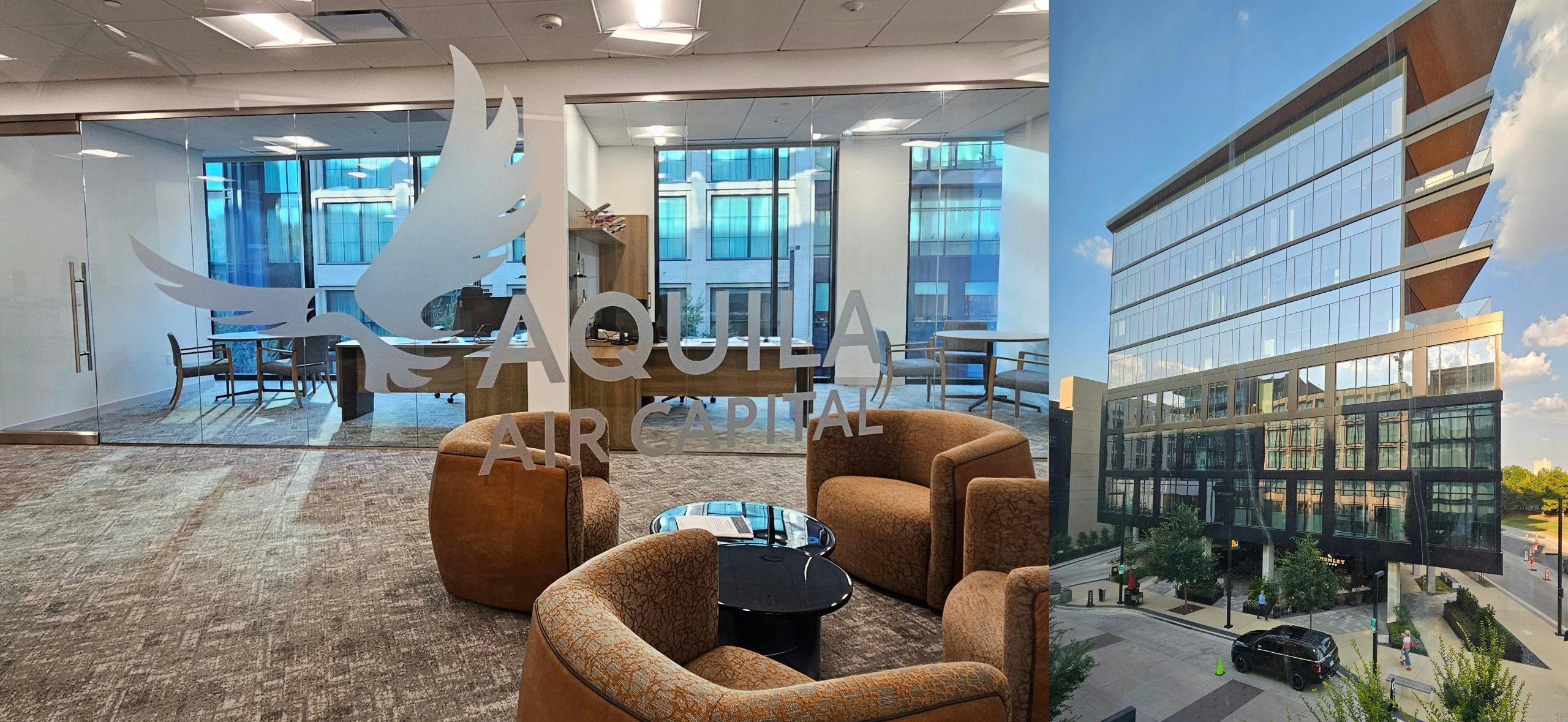
Irish Aircraft Leasing Firm Aquila Air Capital Opens U.S. Office in Fort Worth
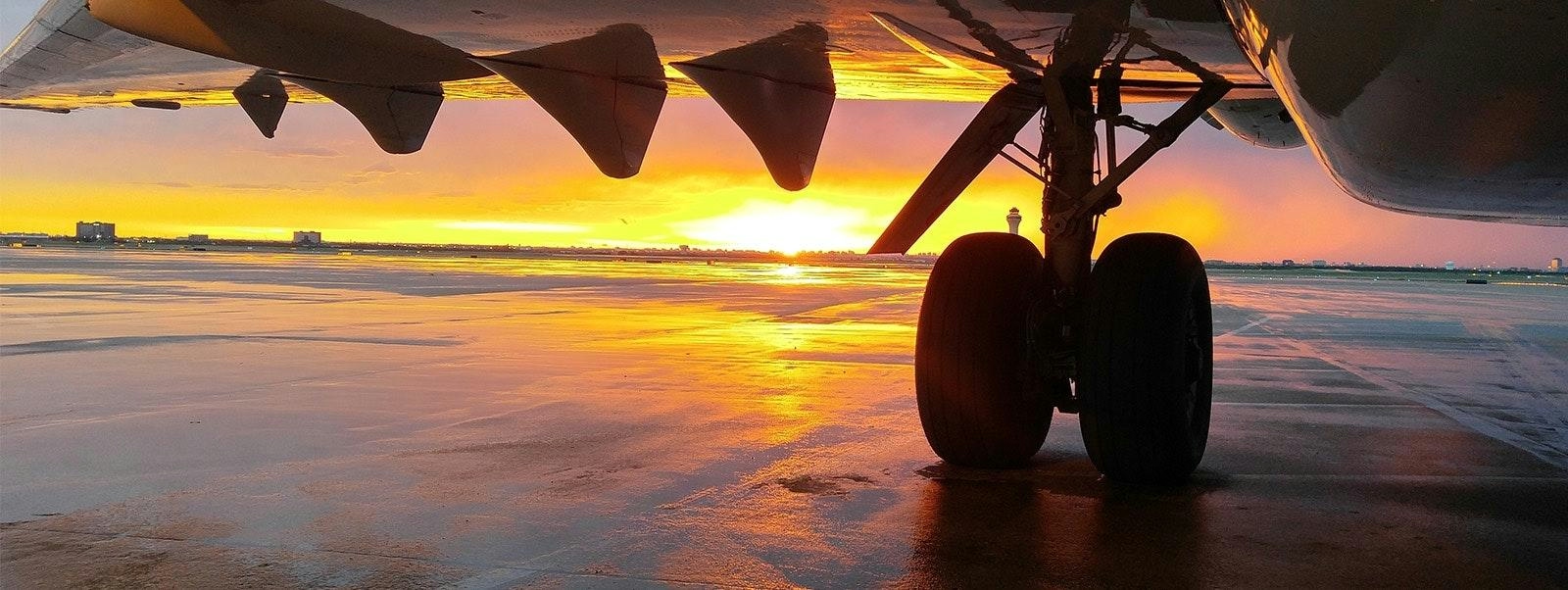
Forecast for U.S. Commercial Fleet and MRO Growth Through 2026
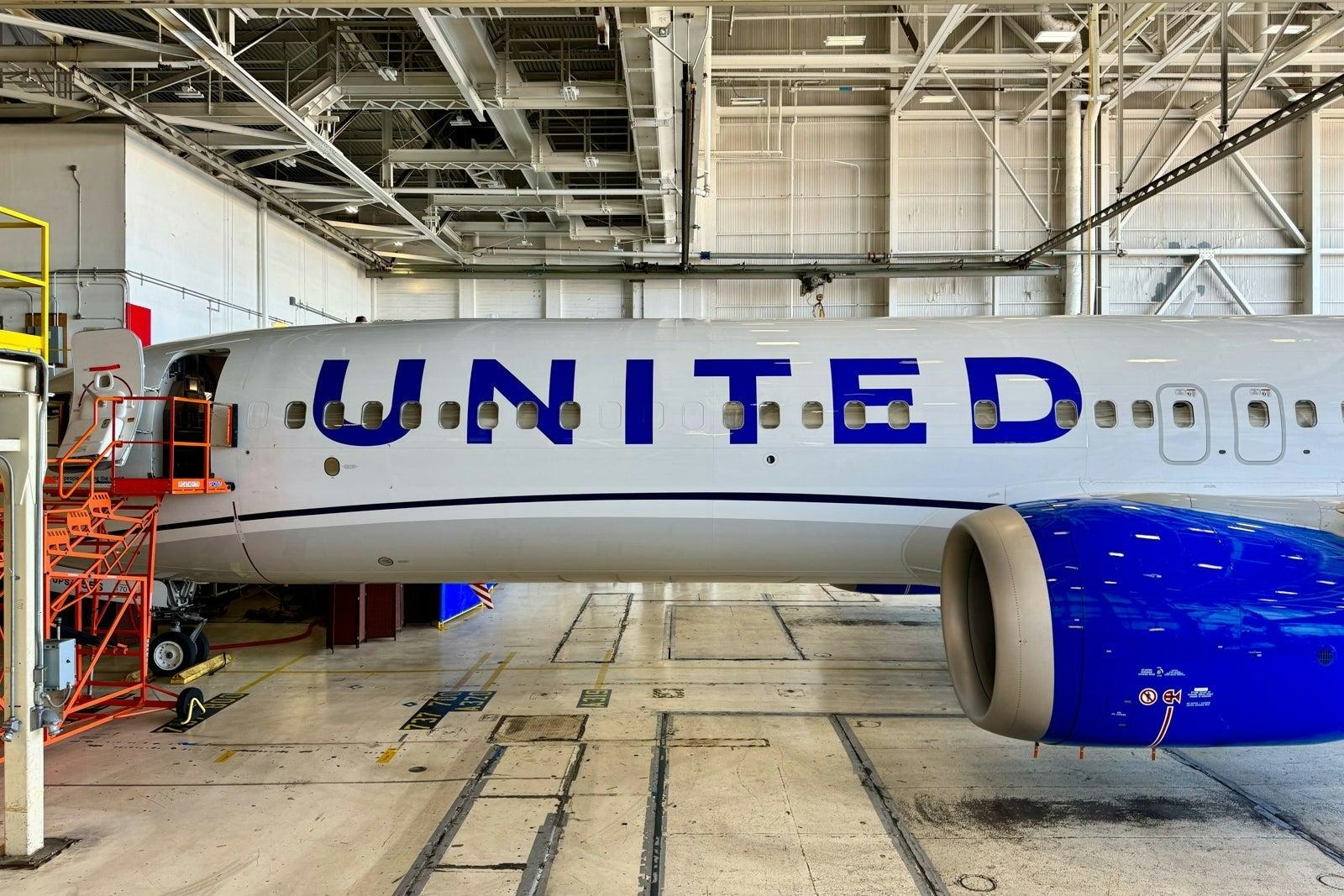
United Airlines CFO Says AI Has Led to 8% Job Cuts, More Expected
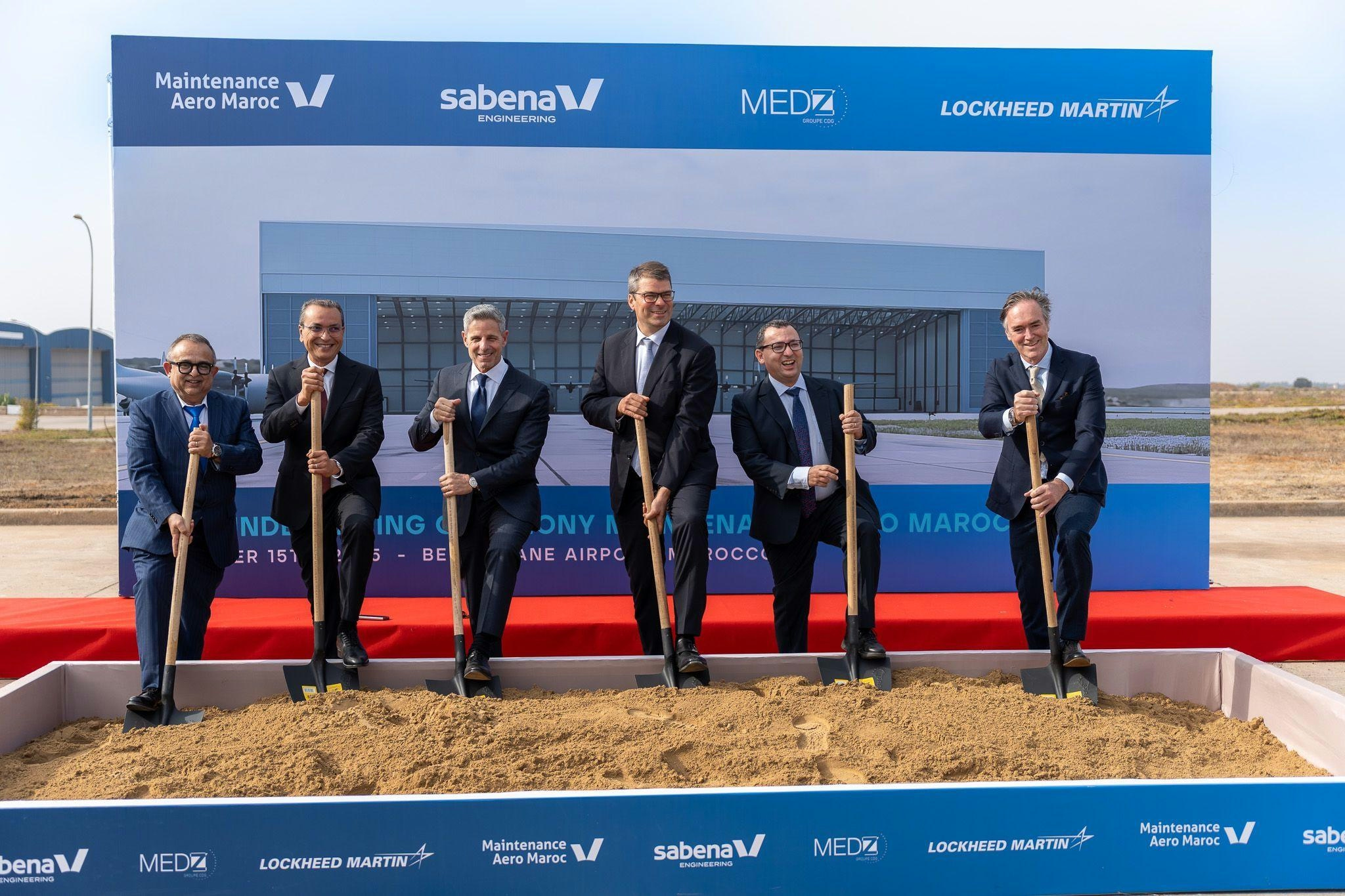
MAM Starts Construction of Maintenance Hangar for F-16 and C-130
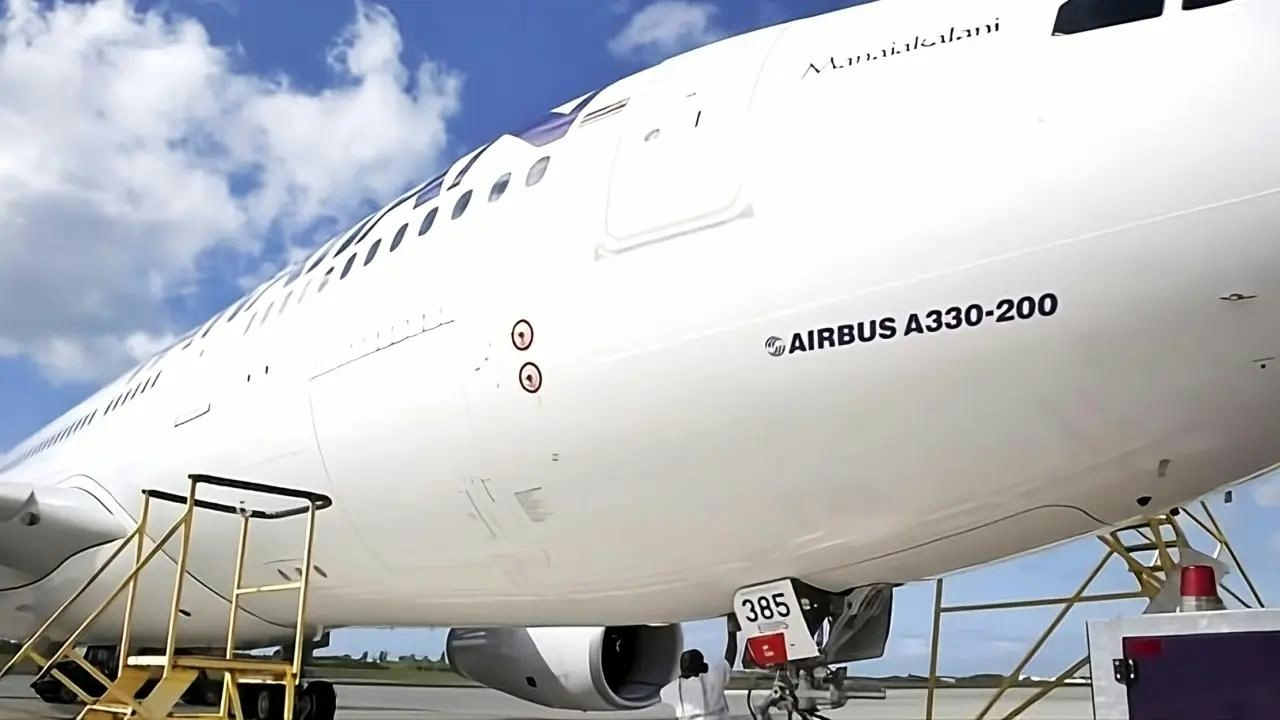
Why Low-Cost Airlines Rarely Use Widebody Aircraft
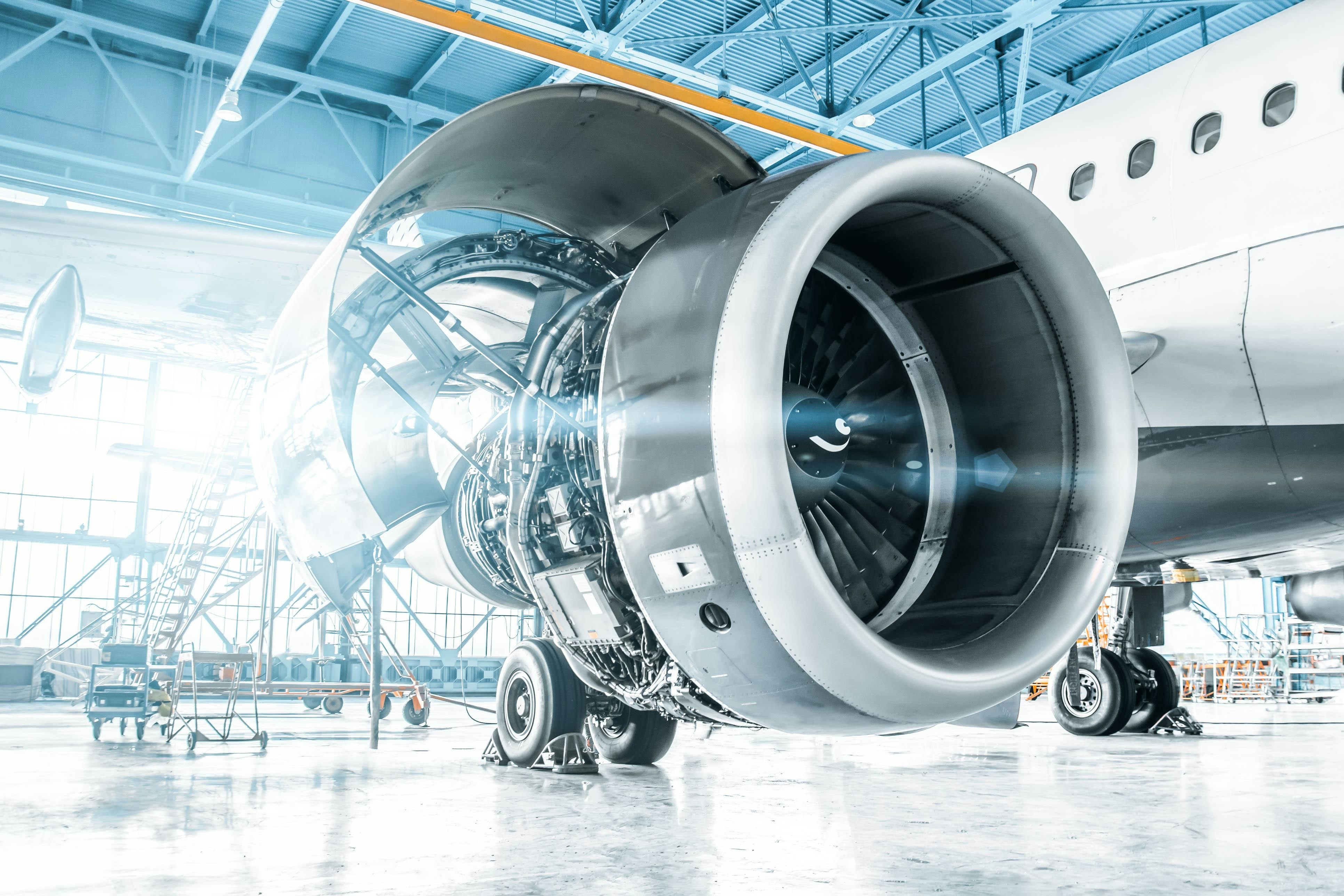
Encouraging Investment in Clean Aviation Innovation Through Risk Incentives
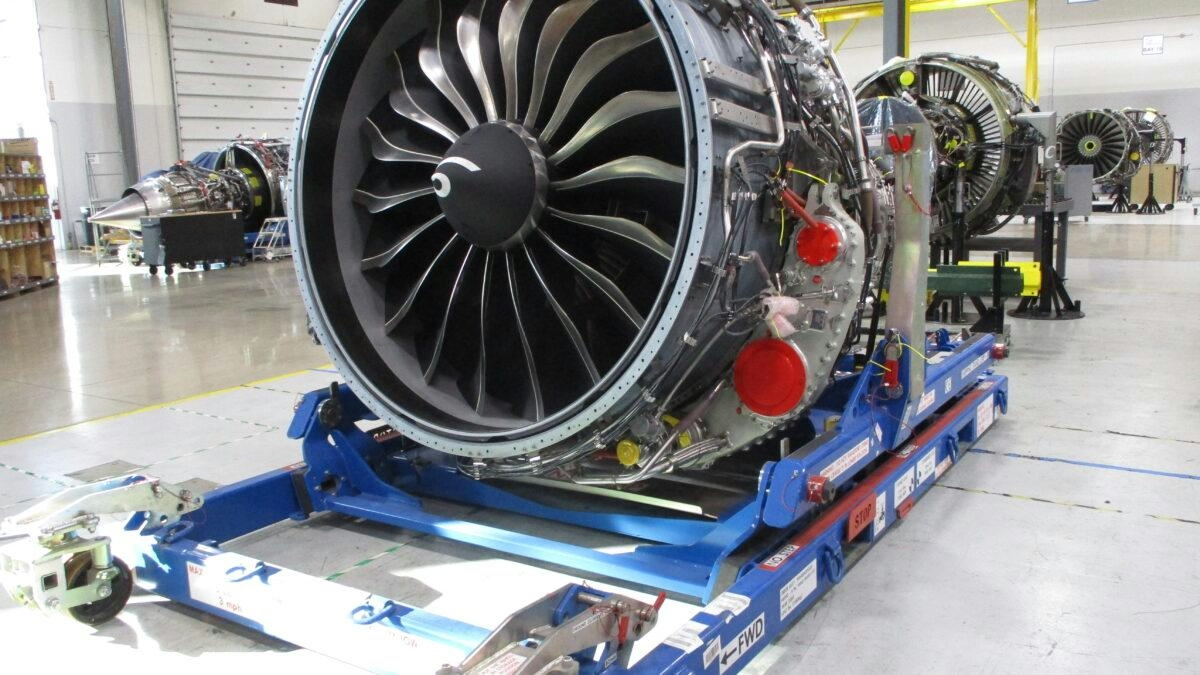
Prince Aviation secures first Indian MRO client
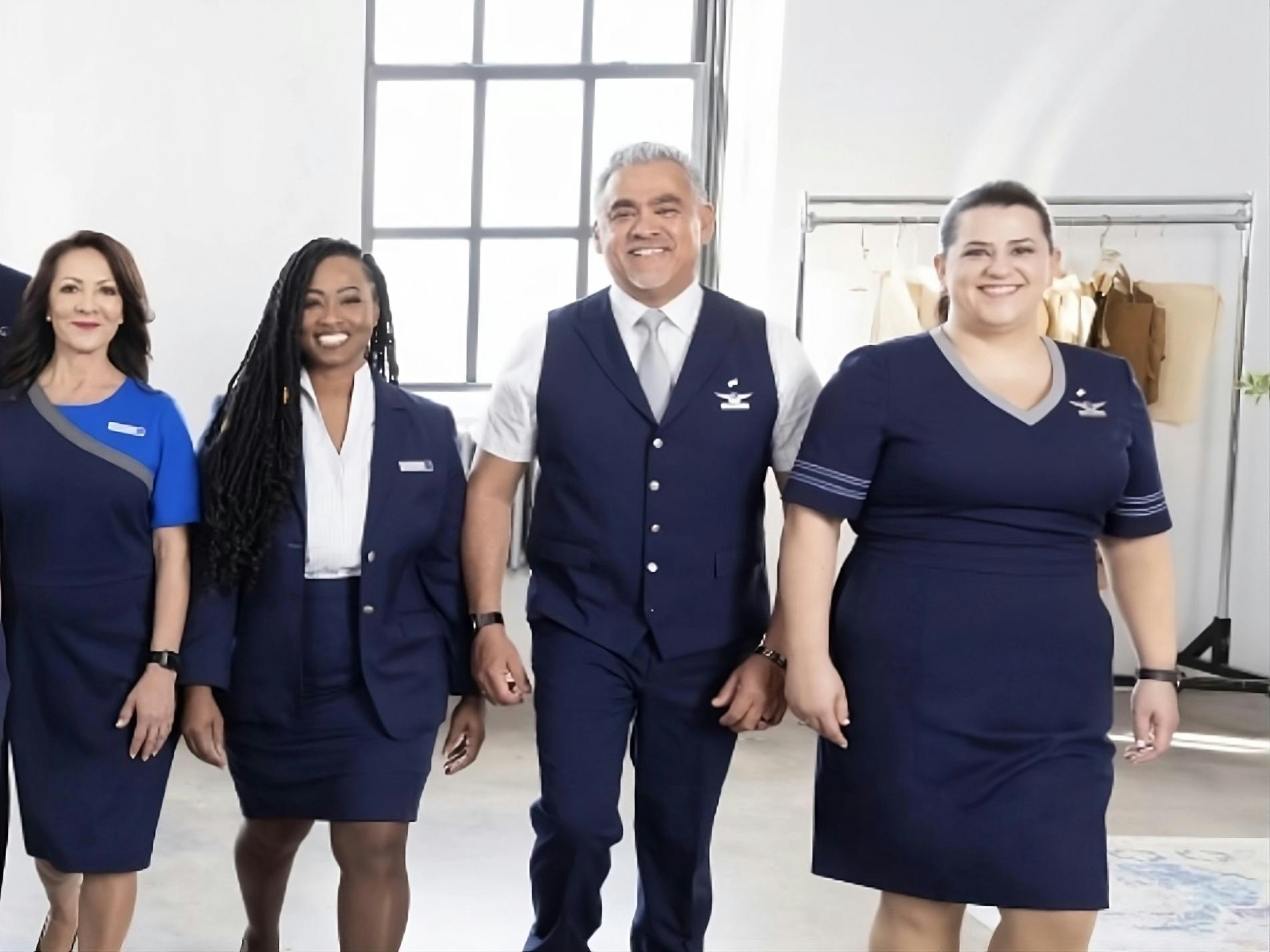
United Airlines CFO Says AI Has Eliminated 8% of Jobs, Outlines Future Cuts

Southwest Airlines Highlights Challenges of AI Integration
